Week 66: Heating Up
–
–
From Nukus we headed north to indulge in a little disaster tourism. For all the things we read about the Aral Sea, actually seeing its remains gave us a fuller appreciation of the scale of the environmental disaster. The thing that’s most striking is how big it still is. Even after so many years of shrinking there’s still a large area of water, which made me appreciate just how massive it was to start with. Back in the early 60’s, before the water started receding, it was the world’s fourth largest lake, 400km across at its longest point and 280km at its widest. It was home to fish stocks that supported a fishing industry of 60,000 people, mainly in Moynaq (Uzbekistan) and Aralsk (Kazakhstan). Unfortunately, the Soviet planners wanted to expand agriculture in the area, and particularly production of cotton to supply the textile industry. They dug irrigation canals to tap the water of the Amu-Darya and Syr Darya rivers and by the 1980’s the flow into the Aral Sea was less than one tenth of levels in the 1950’s. But the Aral Sea had already started to dry up in the mid 1960’s. According to the Lonely Planet, water levels fell more than 16m between 1966 and 1993, though our guide told us the current water depth is 48m lower than the original.
That’s the other thing that shocked us – the water is still dropping. At the lake shore near where we camped there was a pontoon lying on the salt-encrusted shore, at least 5m from the water. Apparently it was in the water in August 2008, refuelling boats that were buzzing around looking for oil. Looking way back to the plateau we were camped on, the water would have stretched all the way to the cliffs, and in 1983 still had a depth of 12m. And yet cotton growing is still being encouraged. So much so that university students in the area are put to work picking cotton for four months of the academic year.
Of course the disappearance of such a large body of water has had environmental consequences. As the sea shrinks the salinity increases and there is almost no life in the remaining water. In the 1960’s the water was 9mg of salt per litre, last year it was 100mg and this year it’s already 120mg. As the water recedes the dust and sand left behind is increasingly salty and pesticide laden and the dust storms cause health problems for the local population. Such a large body of water also had a moderating effect on the local climate; now that it’s gone the winters are longer and harsher, the summers shorter, and there is far less rainfall than in the past. To restore the sea would take drastic measures coordinated between Kazakhstan, Uzbekistan and Turkmenistan and effectively require the restructuring of their entire economies away from cotton production. As far as I can tell nobody seems to think this is even a remote possibility.
For the people of Moynaq the disaster is about much more than statistics and studies. The town once had a population of 150,000 people and thrived on the rich fishing grounds of the sea. Five fish canneries operated to process the daily haul. Now it is 150km from the shoreline and attempts to link the town to the shrinking sea via canals were abandoned in the 1980’s. 8,000 people still live there, though it’s hard to know what jobs they manage to find in the dusty town. Probably some of them work for the companies coming in to drill for natural gas in the dry seabed. The rigs are the only thing on the horizon, sticking up between scattered tamarisks shimmering in the heat.
For travellers the main reason to visit Moynaq is to see the ship graveyard, a collection of rusting hulks that were once the town’s fishing fleet. It’s an image that perfectly illustrates the disaster – once proud vessels beached in a sandy desert. Unfortunately there aren’t many left, as scrap metal companies made short work of them before the tourism authorities forbade it. In one final kick for a local population already downed, the money didn’t go to the people who owned the boats; it was divided up between the scrap companies and government officials. Really, can it get any worse?
After spending a night in Moynaq we headed back to Nukus for a well appreciated shower (heat+dust=mud+crusty hair) before heading on to Khiva, where we are now. The area of Khiva has been settled for up to 6,000 years but it wasn’t until the Silk Road times in the 8th century that it gained some importance. Its relative obscurity saved it from being ravaged by Timur, and in 1592 the city was made the capital of the Khorezm state. It was infamous as being the site of a massive slave market and the presence of Russian citizens among the slaves gave the Tsar an excuse to invade in 1873. This was during the time of the Great Game, a political and sometimes military struggle between Russia and Great Britain to control the fuzzy border areas between the expanding Russian empire and British India.
Anyway, enough history for one blog post… Khiva is a well preserved city, with most of the historical sites within the 2.5km long mud-brick city walls. Back in the 1970’s and 80’s the Soviet government went on a conservation drive and restored much of the city, to the extent that some people find it a little sanitised. Having not visited the other Silk Road cities of Uzbekistan we have nothing to compare it to, but we’ve really enjoyed our time here. We’ve seen plenty of medressas, minarets and mausoleums, many of them decorated with the most beautiful blue tile work. The rest of the city is low-rise and mainly built of mud bricks. A three story building is relatively rare in the old town. A combination of courtyards and high-roofed open rooms allow as much breeze as possible to be captured and a lot of people sleep outside under mosquito nets. On our early morning jaunts we’ve walked past a few people only just starting to wake up, waving groggily as they poke their head out from under the protective netting.
Our daily schedule has been adjusted for both the heat and the World Cup football tournament. This time of year is the hottest month, with temperatures hovering around the high 30’s low 40’s (Celsius). We haven’t seen many forecasts but I can tell you from experience that by 8:30am it’s hot enough to start getting a little sweat going. By the time it hits the heat of the day around 2pm only the most desperate of souvenir sellers are outside, hawking their wares to tourists making a break for the nearest air conditioned space. Actually we haven’t seen many foreigners around, partly because it’s the wrong season but there are apparently fewer visitors than normal. Possibly due to the worldwide economic problems, or because the current problems in Kyrgyzstan are seen to affect the whole area, nobody knows.
To avoid the heat we’ve been getting up around 7am, doing some sightseeing before breakfast then a little more before the heat of the day. We retire to our air conditioned room then a little more sightseeing before the first World Cup match of the night. We’ve watched the last few games in the yurt of the guesthouse owner. There is a big screen in a café nearby but at 8:30pm when the first match starts it’s still too light to watch an outside screen. Besides, we tried to go there last night for the second game and their satellite TV wasn’t working. We missed the first two goals by Brazil because the channel the game was meant to be shown on was too busy playing a Tajik music and dance festival.
Tomorrow we head out on a daytrip to some old mud brick forts in the area then spend a few nights in a yurt camp near one of them. Next on the list of Silk Road cities is Bukhara, then heading further west to Samarkand via another nature break at a lake. It’s really nice to have so much time to explore Uzbekistan; I think a lot of people breeze through as part of an overall Central Asia itinerary and pack as many Silk Road cities into a week as possible. We’re lucky to have the luxury of time.
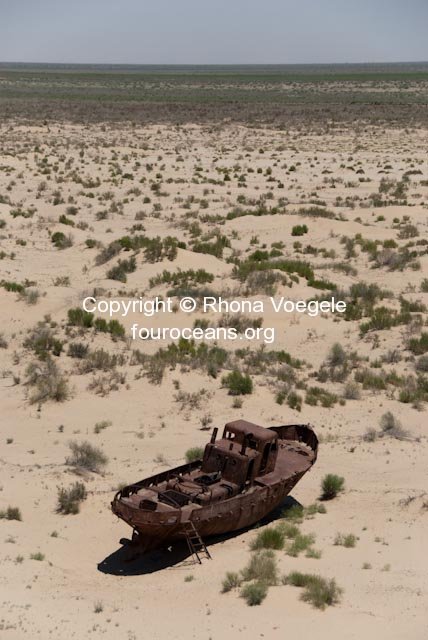
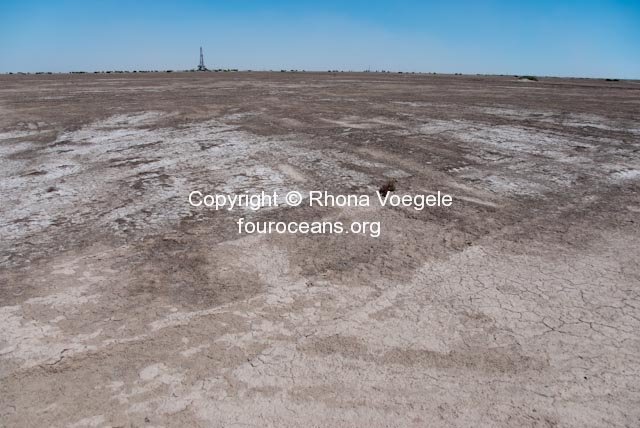
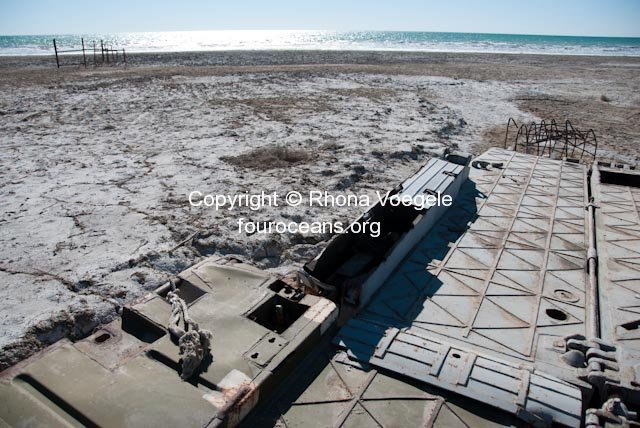
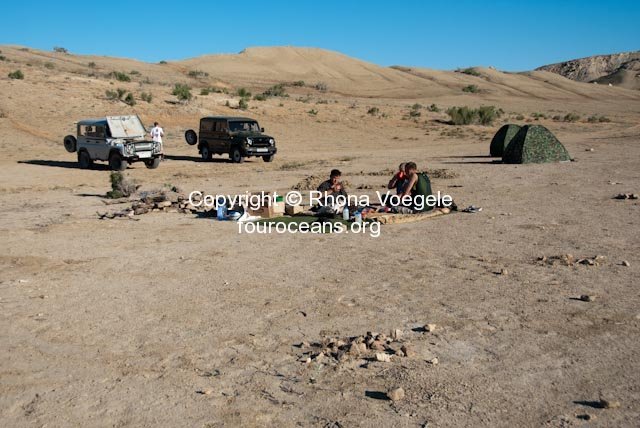
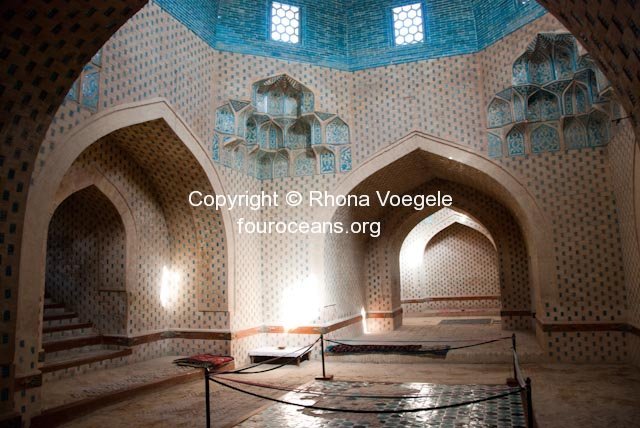
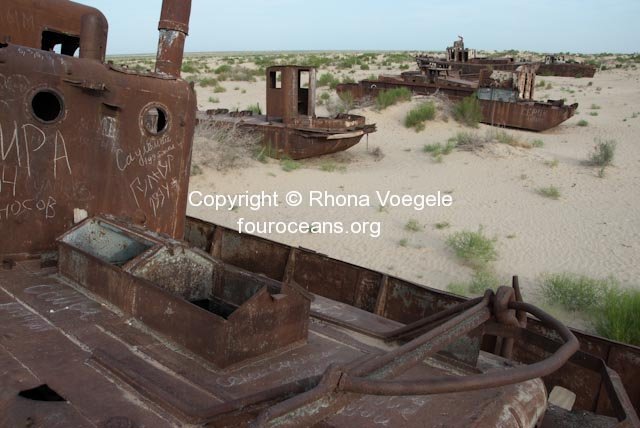
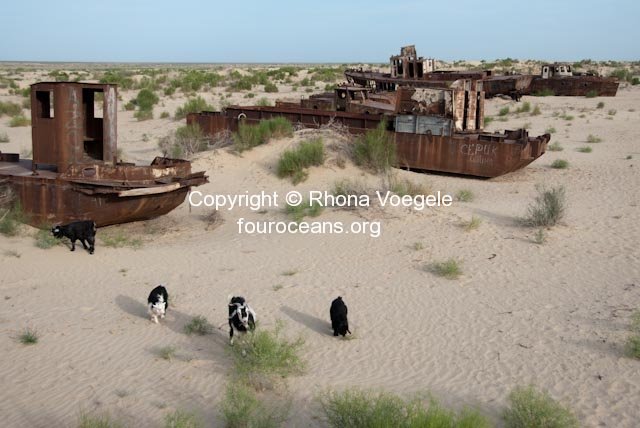
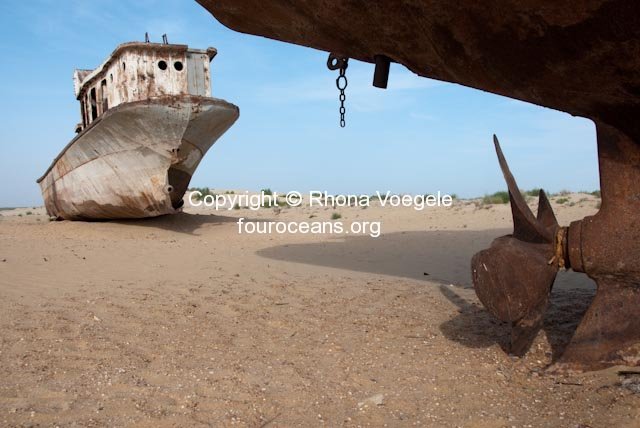
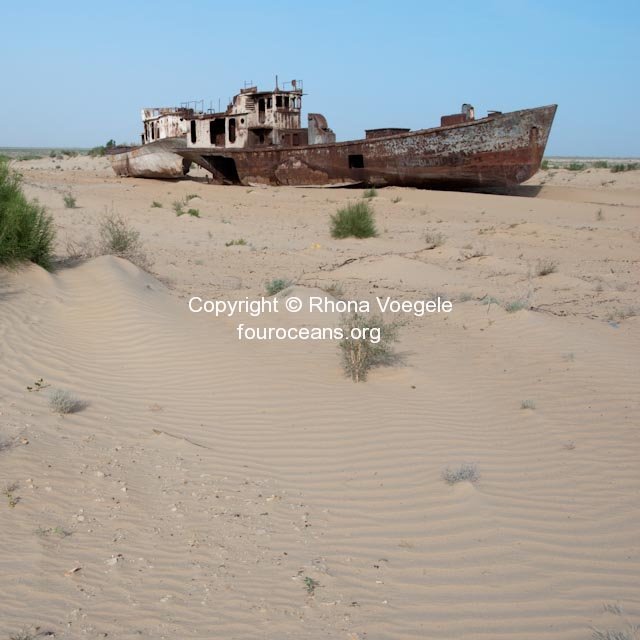
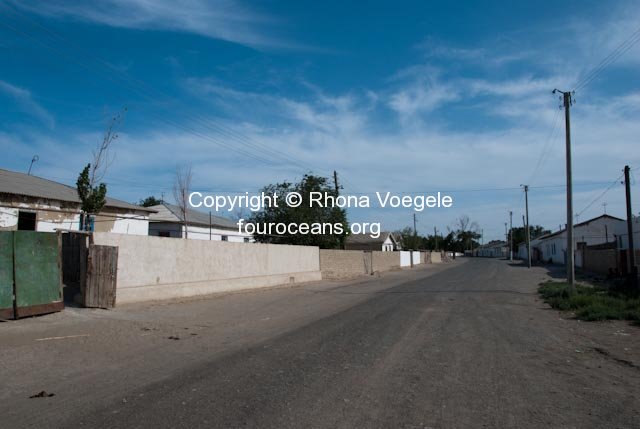
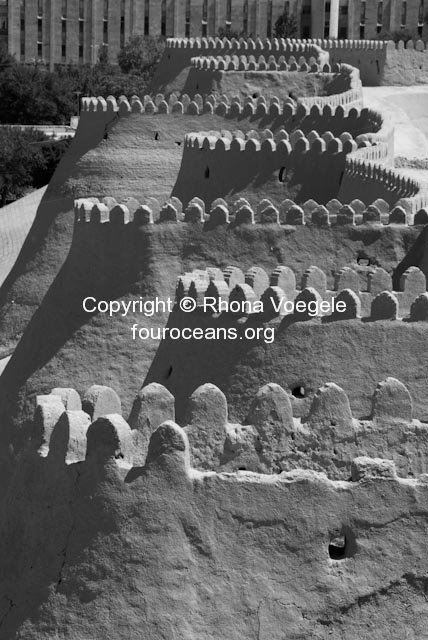
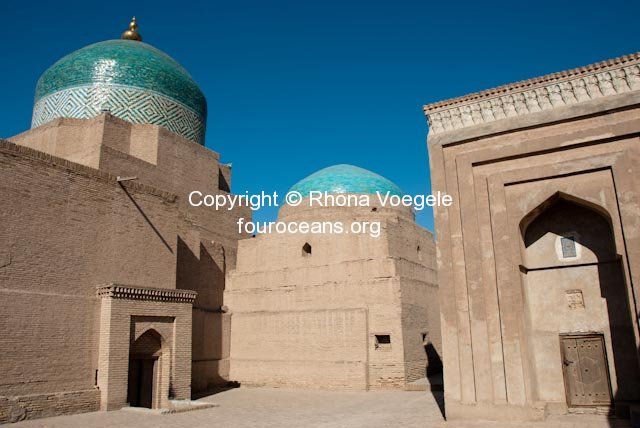
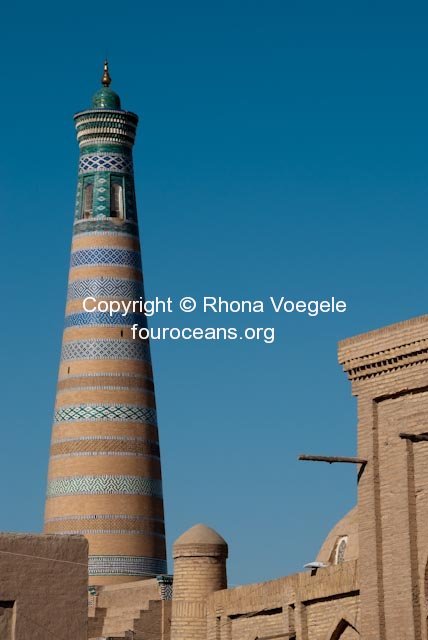
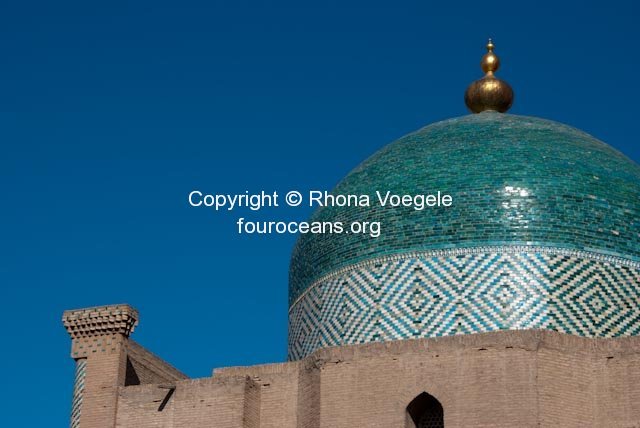
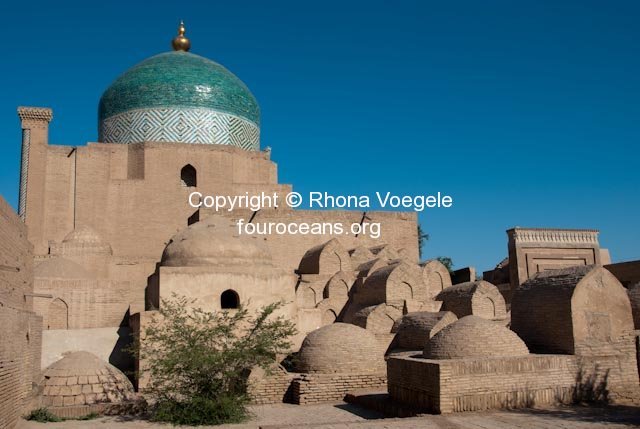
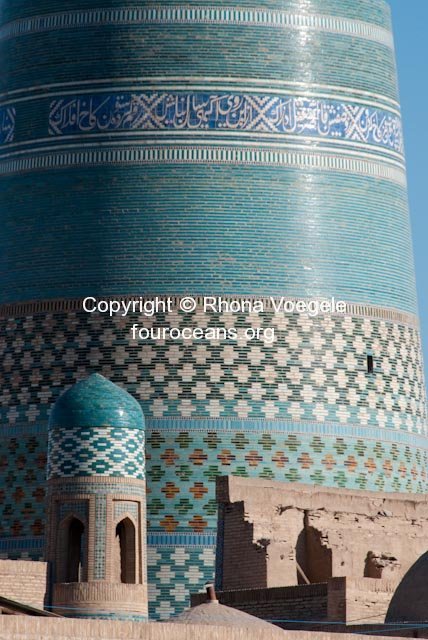
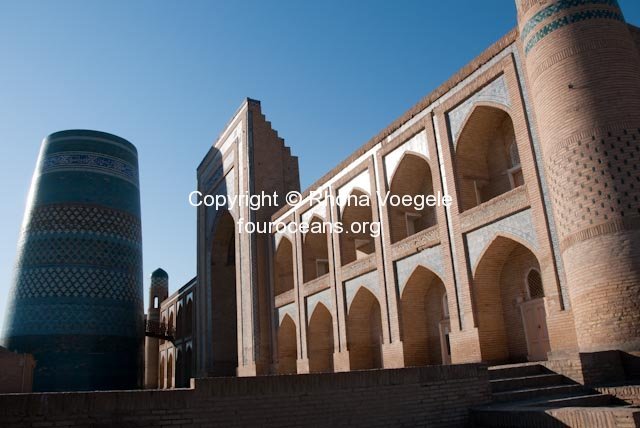
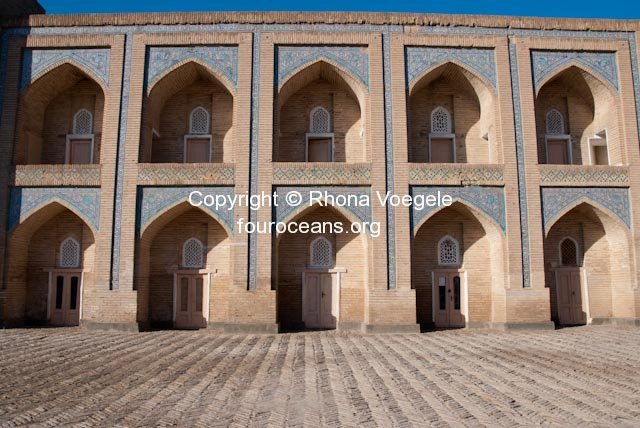
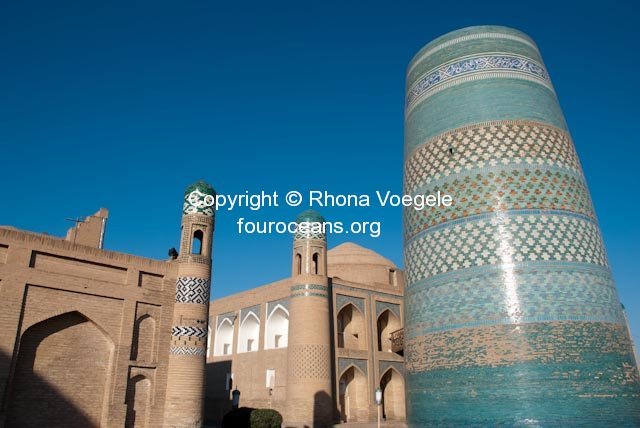
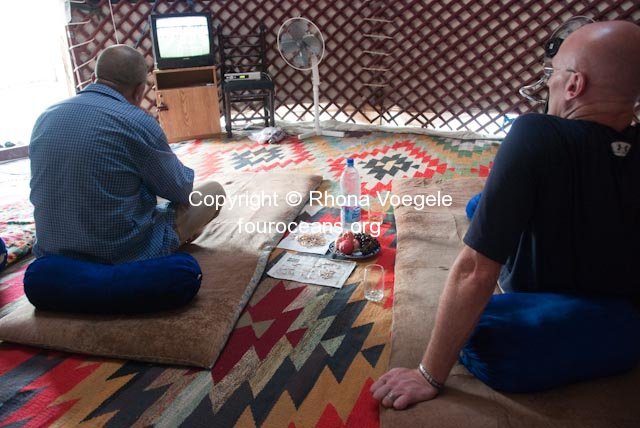
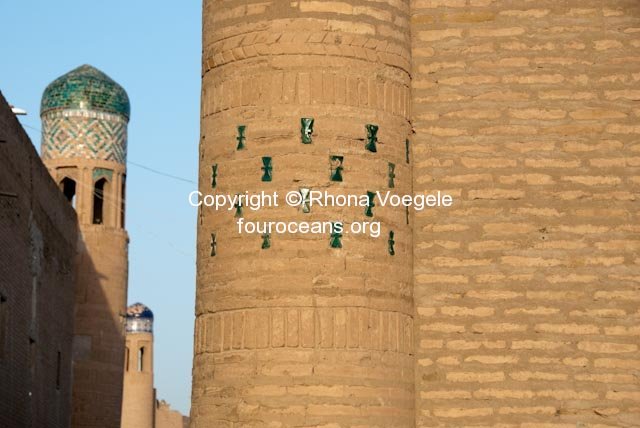
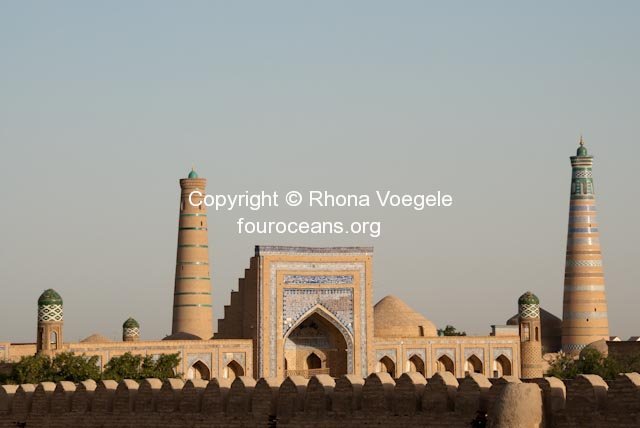
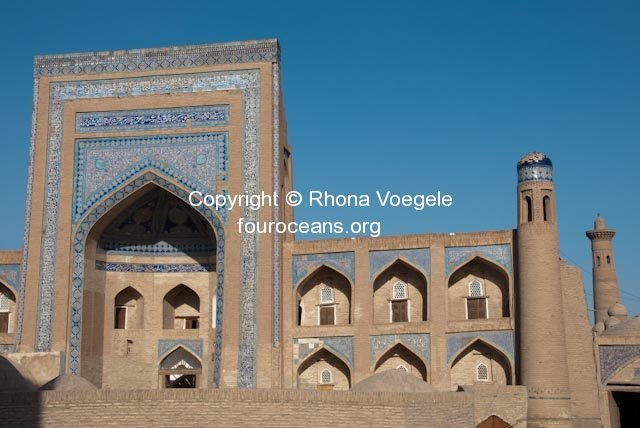
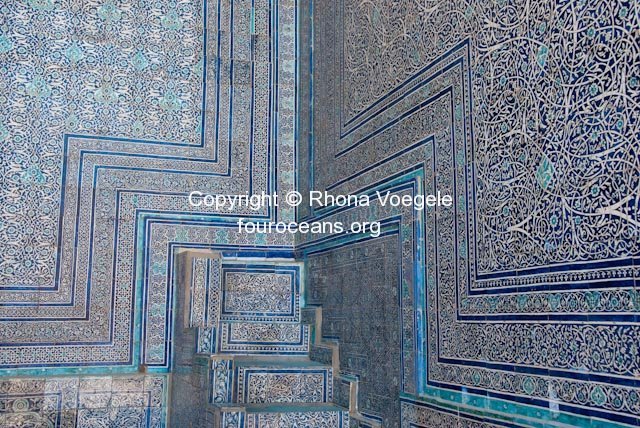
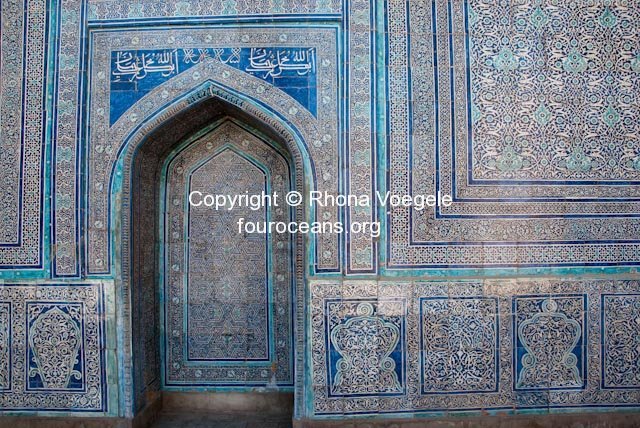
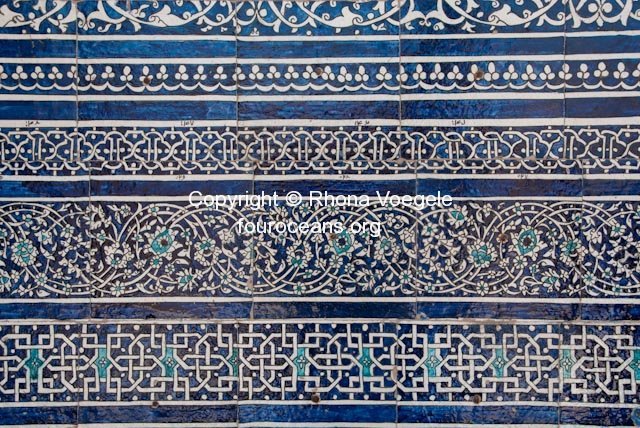
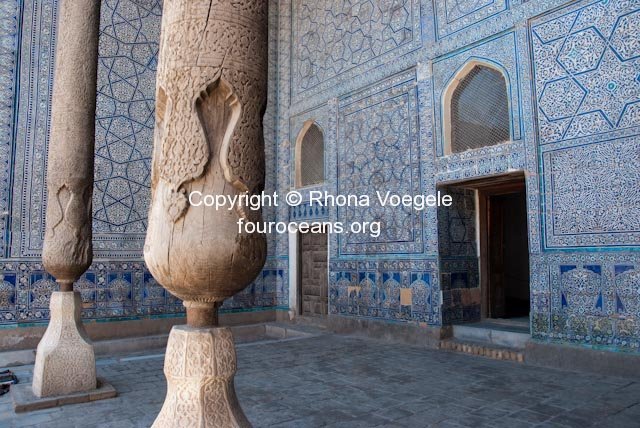
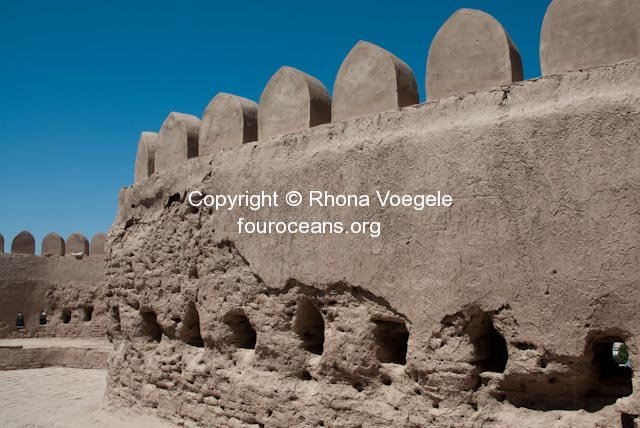
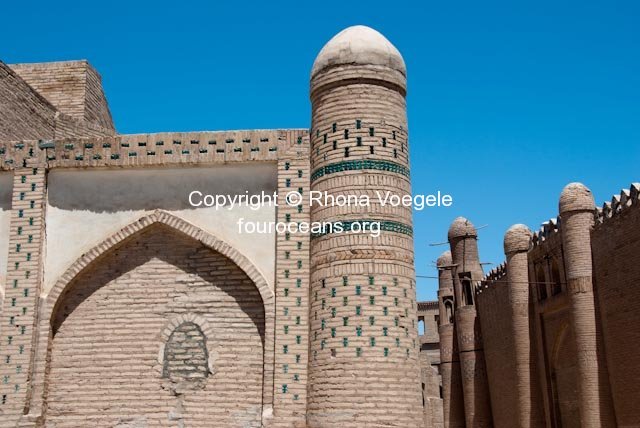
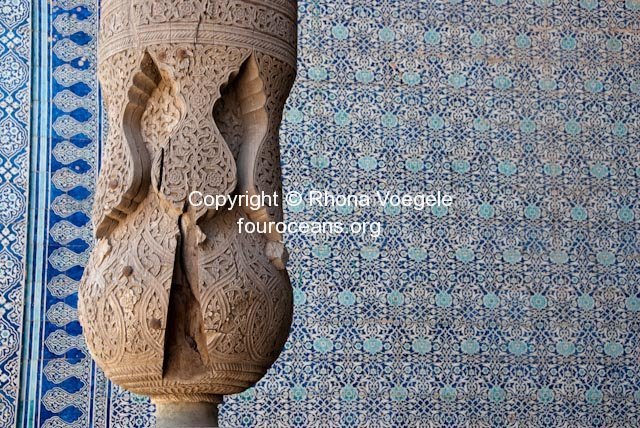
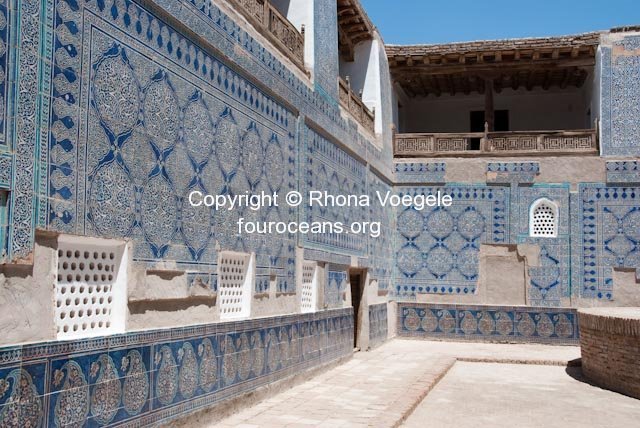
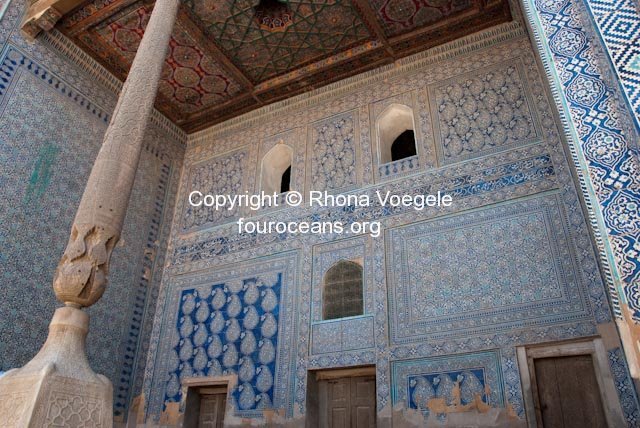
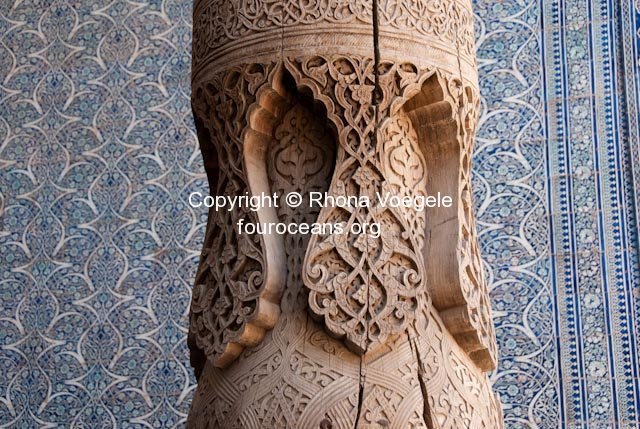
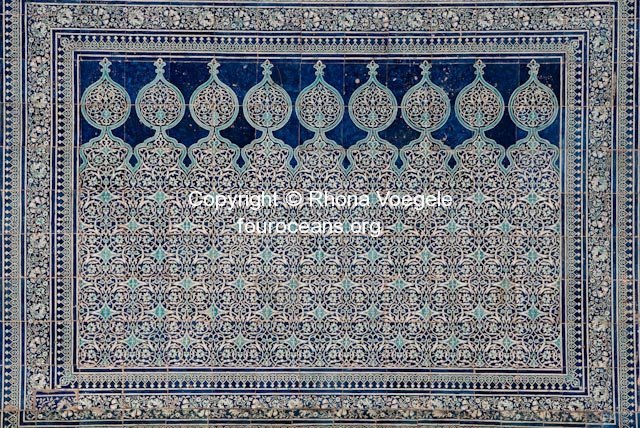
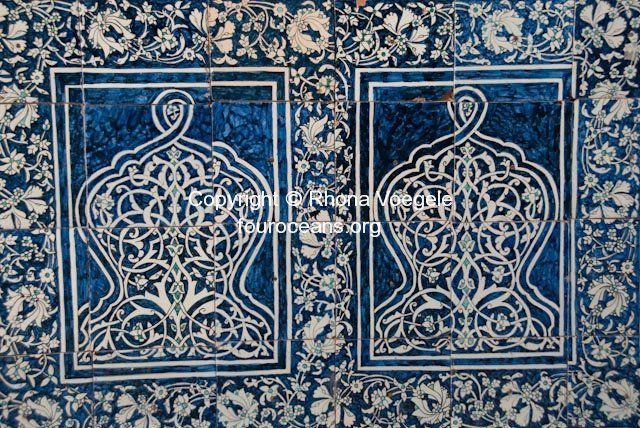
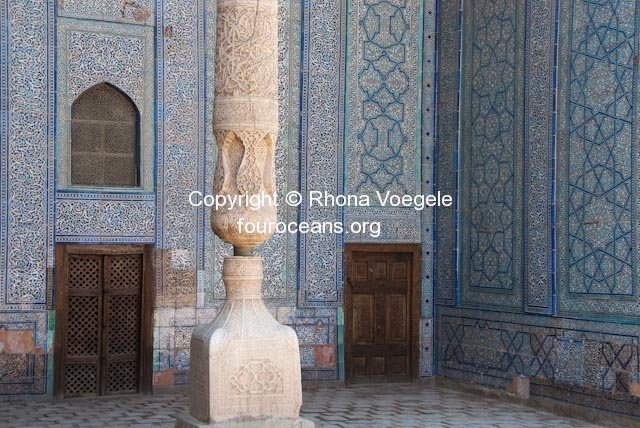
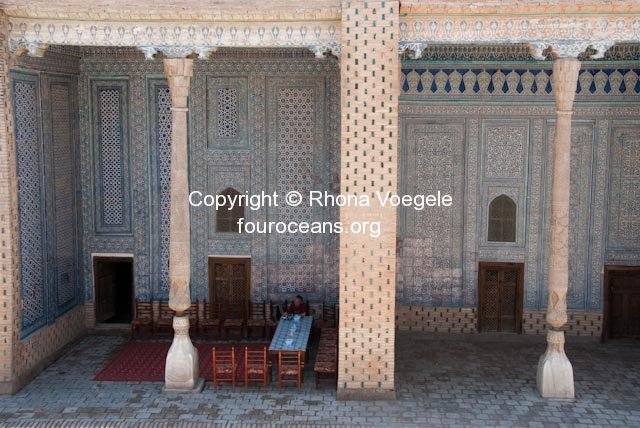
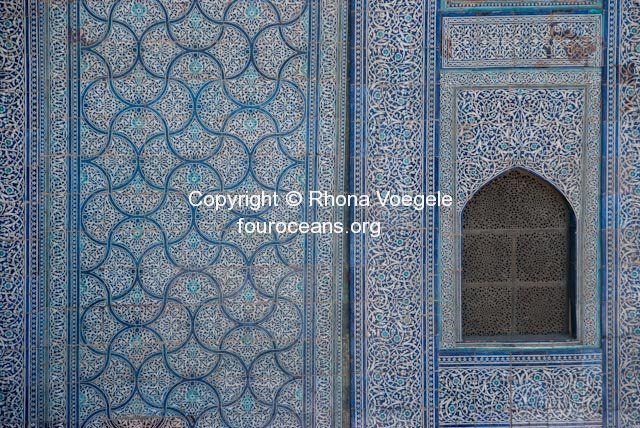
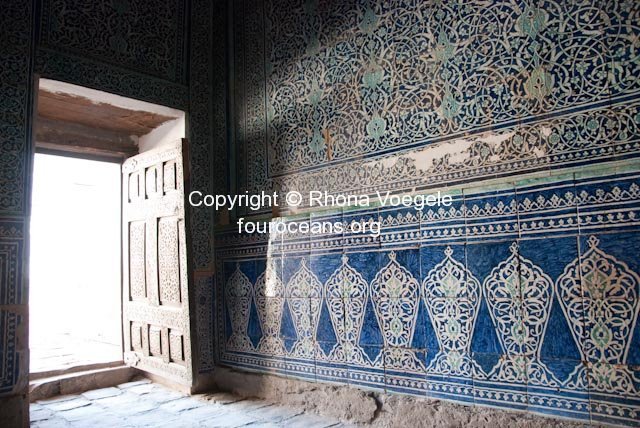
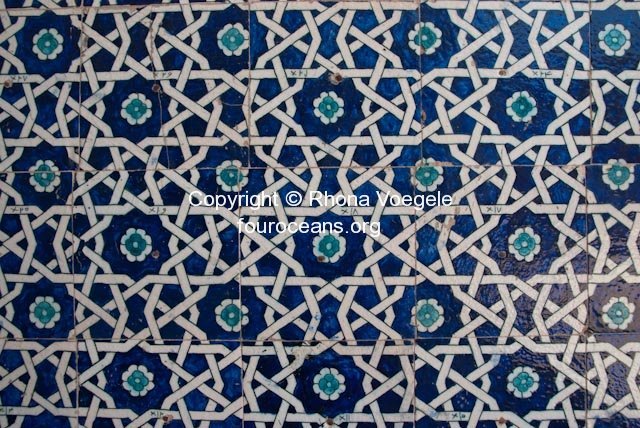
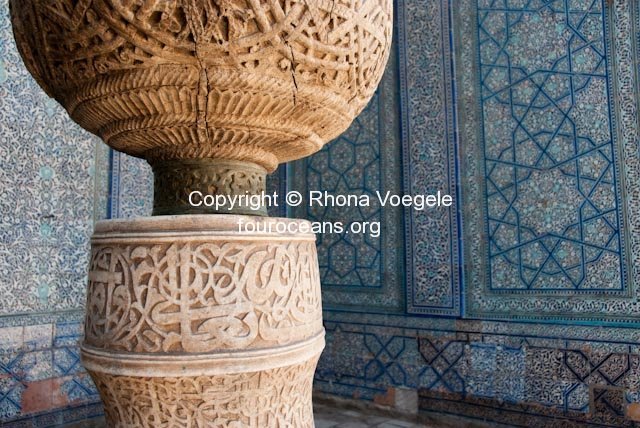
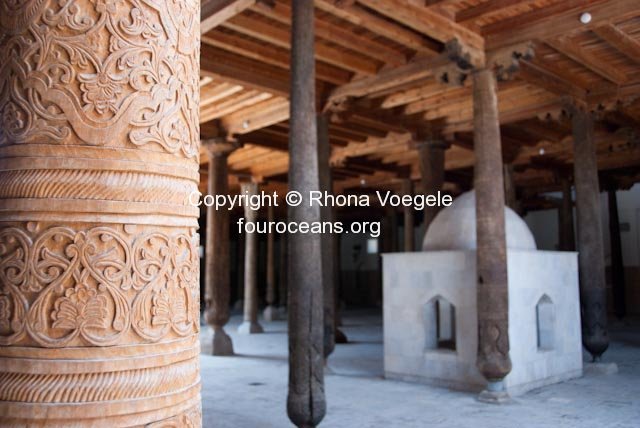
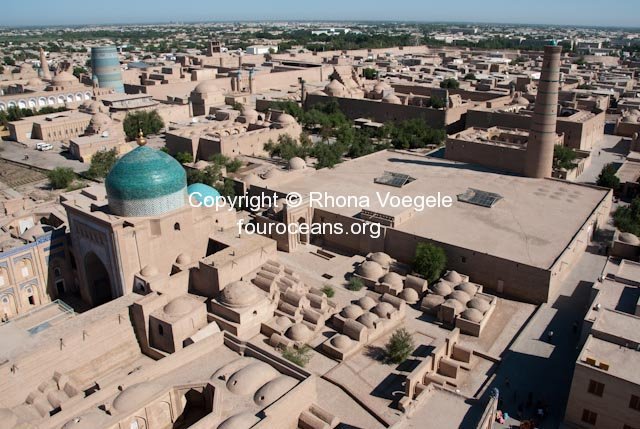
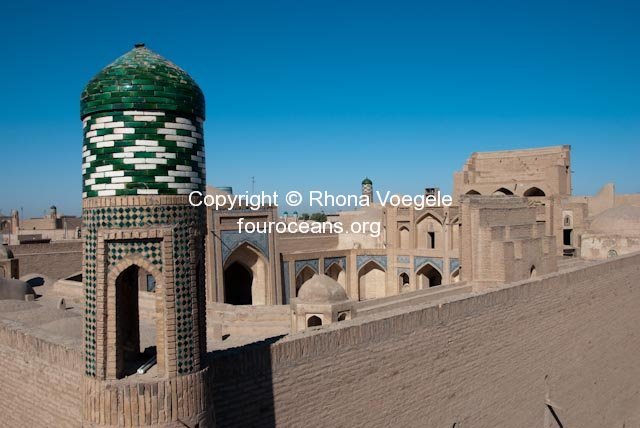

Leave a reply